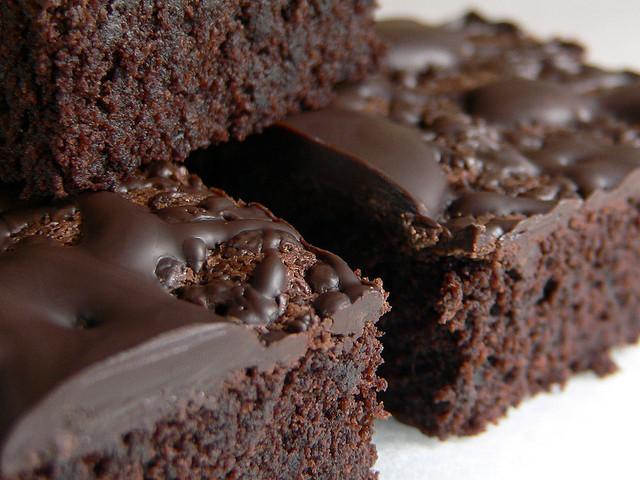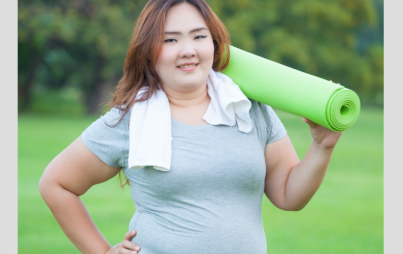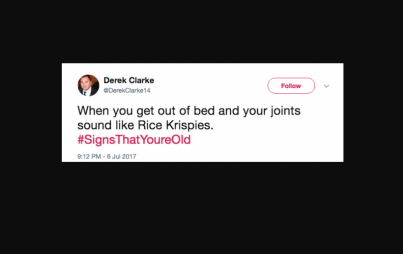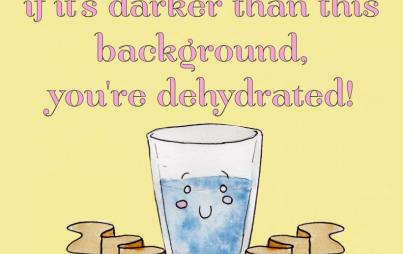
Eating is a sensory experience. Of course we taste food, but we also smell, see, and touch it while eating it.
We’ve long known that color affects our appetite (hence all those bright red, yellow, and orange fast food joints!), and research from the 1970s has even shown that the body absorbs more nutrients from visually appealing food. Now, a new study by researchers at the University of South Florida shows that not only the appearance of food, but also its texture might play an even bigger role in how we eat—and how we think—than we previously thought.
The study, published this month in the Journal of Consumer Research, asked volunteers to taste different foods with different textures: hard, rough, soft or smooth—and then asked some of the participants to estimate the number of calories in each edible item.
The results? The participants tended to way underestimate the number of calories in the foods, but researchers also found that the participants who were asked to estimate the calorie content (i.e. the ones who were more conscious of their caloric intake) consumed more brownies when they were hard than when they were soft. Conversely, the participants who were not prompted to estimate calories ate more brownies when they were soft than when they were hard.
What does all this mean?
First, the study shows that people tend to think softer foods contain higher calorie counts. This makes sense, right? A delectably-moist chocolate cake versus a brittle celery stick‚which would you choose? Most of our favorite comfort foods are soft and creamy, too: mac and cheese, PB&J, ice cream. There’s just something about tucking into mushy indulgences that activates all the feel-good parts of the brain. And as the researchers note, “Understanding how the texture of food can influence calorie perceptions, food choice, and consumption amount can help nudge consumers towards making healthier choices." But they also caution that these same findings can be used to manipulate consumers into eating unhealthy foods. Think about it: you might be more likely to buy a 300-calorie energy bar if it’s brittle, thinking you’re doing your body a solid, but if a low-calorie cookie is moist, chewy and soft you may skip it altogether.






